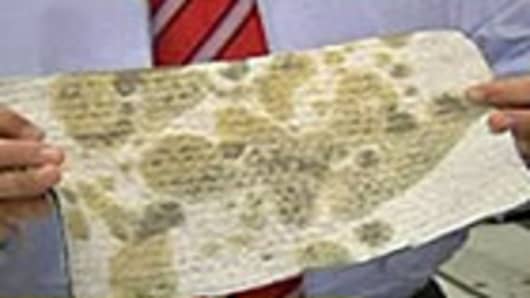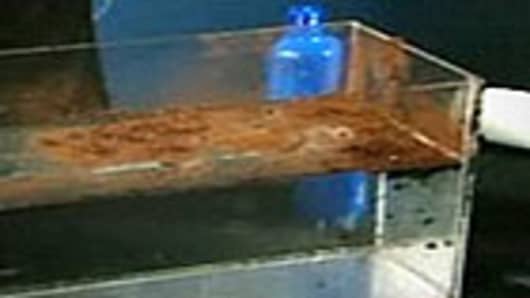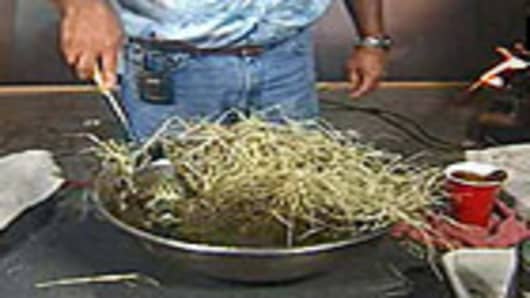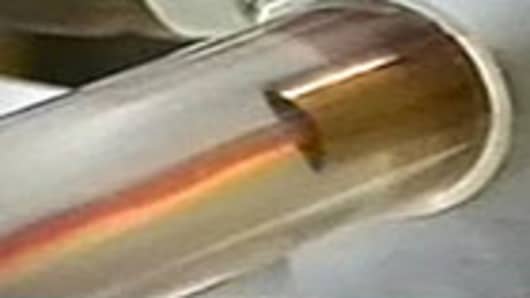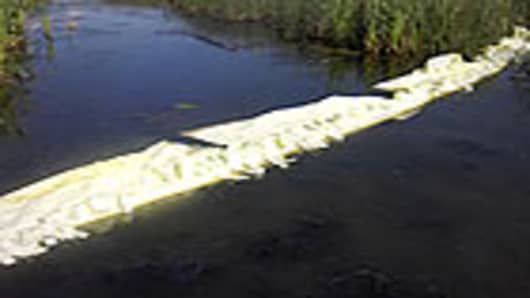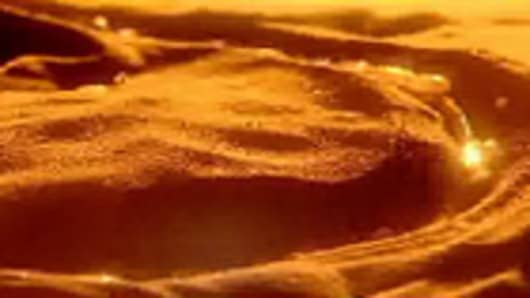It will be two months ago this Sunday that the BP Deepwater Horizon rig exploded in the Gulf of Mexico, leading to the massive oil spill and environmental disaster.
Ever since the leaking crude started contaminating the gulf and paralyzing the coastline, BP has been bombarded with ideas for cleaning up the damage. The company even solicits help on its website.
Many private businesses and entrepreneurs believe their products, machines and inventions can separate the oil from the water, soak it up, and dispose of the excess crude.
On CNBC's "Power Lunch,"we have demonstrated some of these alternatives, developed by entrepreneurs and private industry. They range from something as simple as hay to a more sophisticated invention called a Voraxial Separator.
While BP has yet to commit to using any of these methods to help contain or disperse the oil, we want to know which one you think would be most effective. Perhaps your voice will persuade BP to try one—or more.
Read the descriptions, watch the videos, and take our poll. Today at 1pm ET on "Power Lunch,", we will reveal the results of the poll and review how the top vote-getter works.


